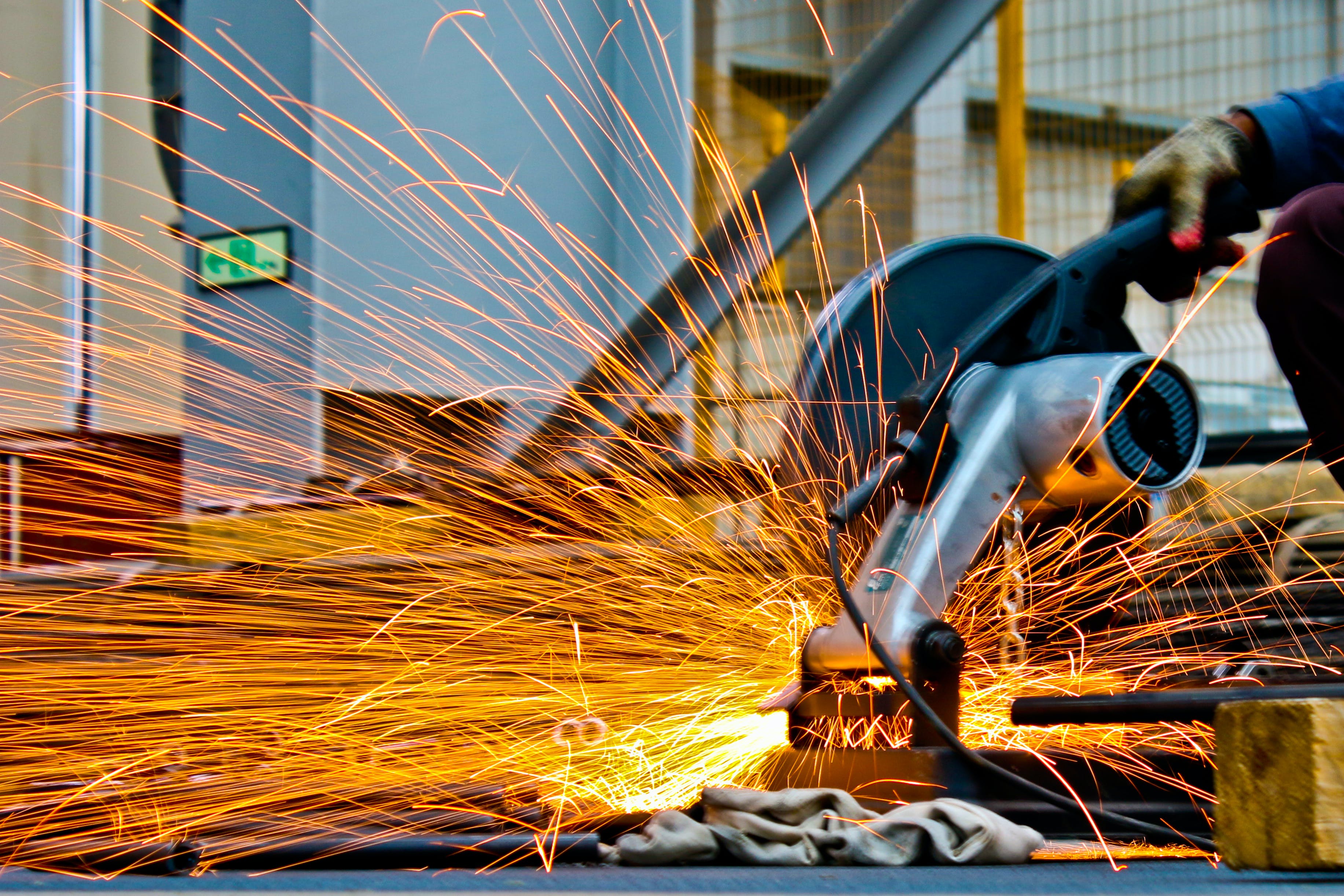Aluminum Nitride (AlN) is a covalent compound with a hexagonal wurtzite crystal structure, characterized by lattice constants of a = 0.3110 nm and c = 0.4978 nm. In this structure, aluminum (Al) atoms are arranged in a hexagonal close-packed configuration, while nitrogen (N) atoms occupy half of the tetrahedral interstitial sites, forming distorted [AlN₄] tetrahedra—with an Al-N bond length of 0.1917 nm along the c-axis and 0.1885 nm in the other three directions. High-purity AlN ceramics are theoretically colorless and transparent, but in practice, they often appear grayish-white or light yellow due to impurities.
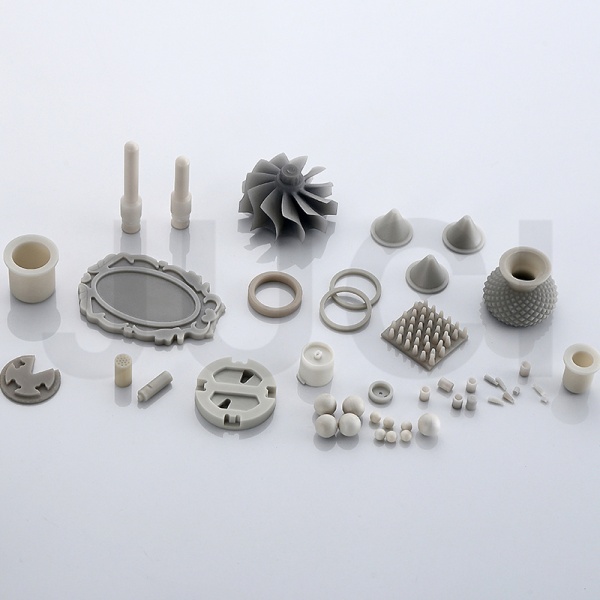
This wurtzite-type covalent crystal, based on [AlN₄] tetrahedral frameworks, has a density of 3.26 g/cm³ and decomposes at 2480°C under ambient pressure. The ceramic material exhibits the following advantageous properties:
①High mechanical strength at room temperature (gradually decreasing with rising temperature)
②Exceptional thermal conductivity
③Low dielectric constant and loss
④Small thermal expansion coefficient
⑤Excellent chemical inertness and biocompatibility
⑥Powder Synthesis Methods
The superior performance of AlN ceramics stems from high-quality AlN powder, which can be prepared via various techniques:
①Direct nitridation
②Carbothermal reduction
③High-energy ball milling
④Self-propagating high-temperature synthesis (SHS)
⑤In-situ reaction synthesis
⑥Plasma-assisted chemical vapor deposition (CVD)
⑦Solvothermal synthesis
⑧Organometallic salt decomposition
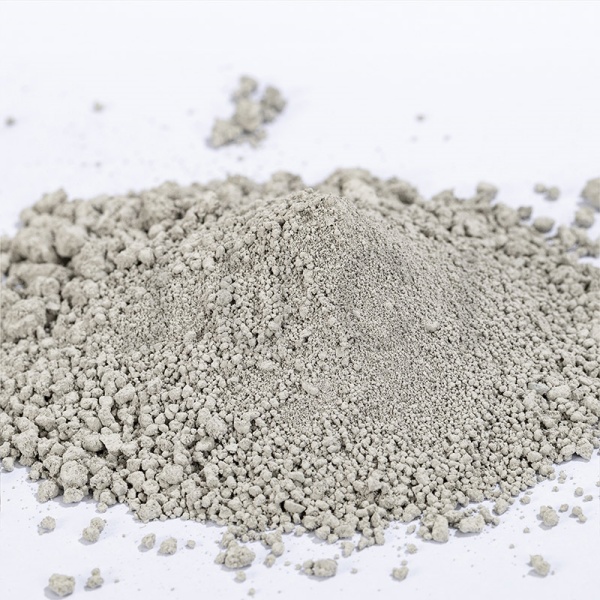
Forming Techniques
Ceramic forming processes are categorized into two main approaches:
(1) Dry forming (suitable for simple shapes and high-cost products):
Conventional die pressing
Cold isostatic pressing (CIP)
(2) Wet forming (suitable for complex geometries and low-cost mass production):
Tape casting
Slip casting
Injection molding
Gel casting
Sintering Methods
Sintering with additives
Spark plasma sintering (SPS)
Microwave sintering
Pressureless sintering
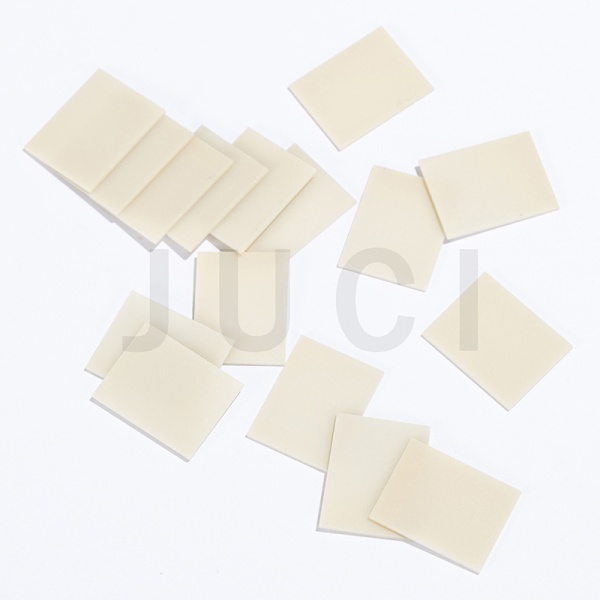
Applications
Thanks to its high volume resistivity, insulation strength, thermal conductivity, and low dielectric loss, AlN ceramics are widely used in:
Insulating AlN substrates for high-power semiconductor devices
Heat dissipation AlN substrates for ultra-large-scale integrated circuits (ULSIs)
Surface acoustic wave (SAW) devices in high-frequency signal processors (leveraging its high acoustic velocity) High-temperature AlN crucibles (1300–2000°C) (due to excellent thermal stability)
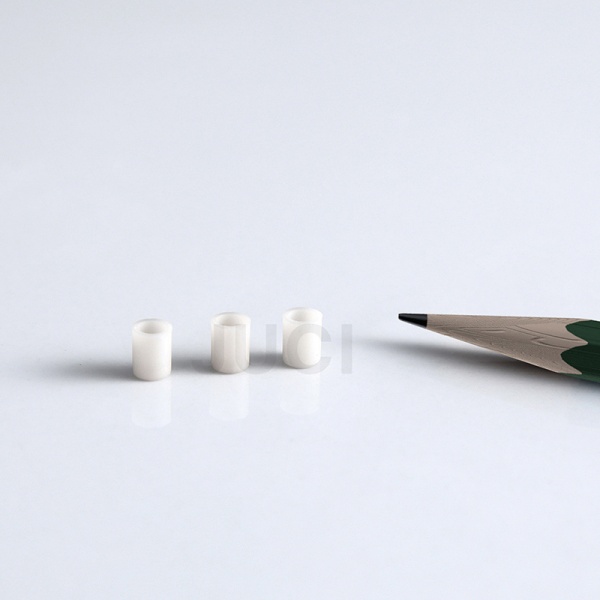
Current Research Focus
Efforts are concentrated on:
Reducing synthesis costs for high-purity powders
Achieving low-temperature densification sintering
Stabilizing high-quality tape-cast substrates
If these technical challenges can be overcome, AlN ceramics will see broader adoption in microelectronics and other high-tech industries.
About Xiamen Juci Technology Co., Ltd.
Xiamen Juci Technology Co., Ltd. is a high-tech enterprise specializing in the research, development, production, and sales of high-performance ceramic materials. As a leading AlN powder manufacturer, the company is committed to providing high-quality aluminum nitride series products and solutions for industries such as electronics, semiconductors, and aerospace. With exceptional quality and service, Xiamen Juci has earned widespread trust from global customers.
Media Contact:
Xiamen Juci Technology Co., Ltd.
Phone: +86 592 7080230
Email: miki_huang@chinajuci.com
Website: www.jucialnglobal.com
